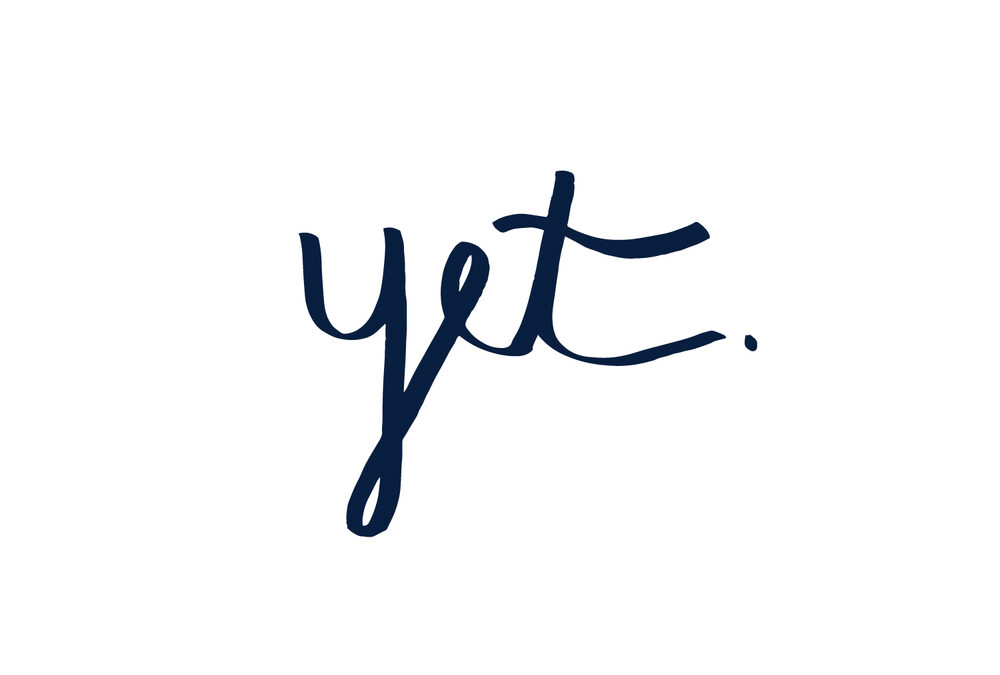Have you heard any of these sentences recently?
“We don’t have time”
“Our people don’t have the skills”
“We don’t have the budget”
“That’s not what we do”
I hear them all the time.
Sometimes they’re said when a company is starting to invest in building their innovation capabilities, sometimes during one-on-one stakeholder interviews when people feel freer to share their honest opinions, and sometimes well after investments are made.
Every single time, they are the beginning of the end for innovation.
But one word that can change that.
“We don’t have time – yet.”
“Our people don’t have the skills – yet.”
“We don’t have the budget – yet.”
“That’s not what we do – yet.”
Yet.
Yet creates space for change. It acknowledges that you’re in the middle of a journey, not the end. It encourages conversation.
“We don’t have time – yet.”
“OK, I know the team is busy and that what they’re working on is important. Let’s look at what people are working on and see if there are things we can delay or stop to create room for this.”
“Our people don’t have the skills – yet.”
“Understand, we’re all building new skills when it comes to innovation. Good news, skills can be learned. Let’s discuss what we need to teach people and the best way to do that.”
“We don’t have the budget – yet.”
“I get it. Things are tight. We know this is a priority so let’s look at the budget and see if there’s a way to free up some cash. If there’s not, then we’ll go back to leadership and ask for guidance.”
“That’s not what we do – yet.”
“I know. Remember, we’re not doing this on a whim, we’re doing this because (fill in reason), and we have a right to do it because of (fill in past success, current strength, or competitive advantage.”
You need to introduce the Yet.
It is very rare for people to add “yet” to their statements. But you can.
When someone utters an innovation-killing statement, respond with “Yet.” Maybe smile mischievously and then repeat their statement with “yet” added to the end.
After all, you’re not disagreeing with them. You’re simply qualifying what they’re saying. Their statement is true now, but that doesn’t mean it will be true forever. By restating their assertion and adding “yet,” you’re inviting them to be part of the change, to take an active role in creating the new future state.
There’s a tremendous amount of research about the massive impact of this little word. It helps underperforming students overachieve and is closely associated with Dr. Carol Dweck’s research into fixed and learning mindsets.
The bottom line is that “yet” works.
